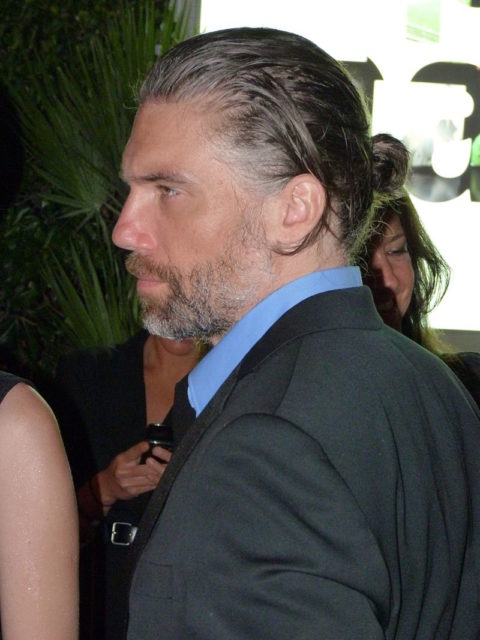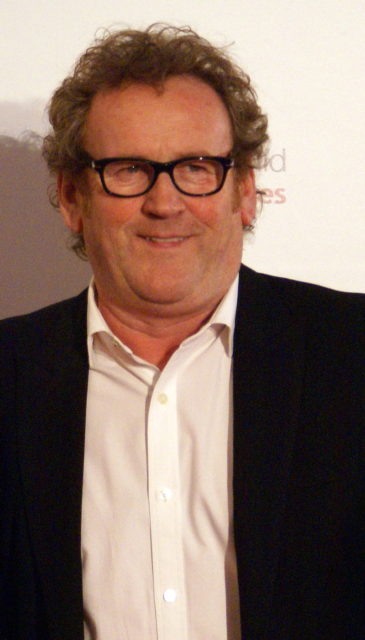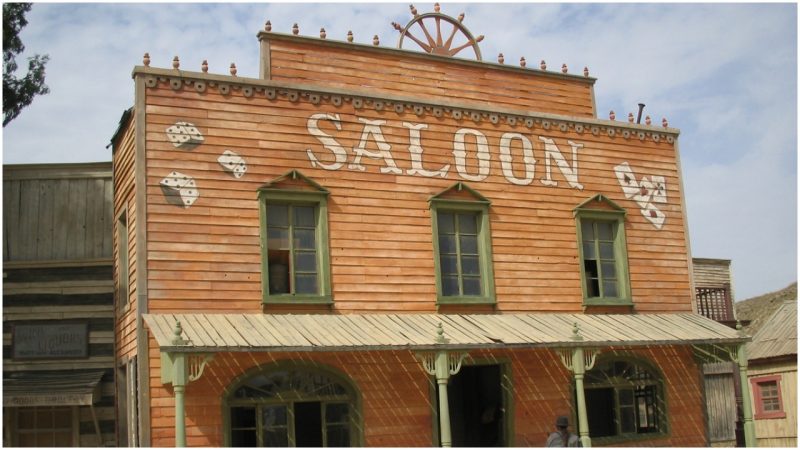Set at the pinnacle of the Industrial Revolution in the United States, AMC’s Hell on Wheels revolves around the construction of the First Transcontinental Railroad and the titular mobile camp city that followed the construction.
This was a time of great change, with advancement in technology and economic growth. All the innovations and inventions that occurred during this period are now part of our everyday life. But it was also a very turbulent time. The country still felt divided and the people had yet to come to terms with the outcome of the Civil War. The future was still uncertain because the shadows of the violent past were threatening to destroy that dream.
So it’s no wonder why the creators of Hell on Wheels, which ran from 2011 to 2016, specifically chose this era to tell their story. Joe and Tony Gayton knew that there was an opportunity for making a great serialized period drama. And to evoke this era correctly, they were certain that the only way to do it right was as a Western. They took inspiration from great Westerns of the 1970s, such as Clint Eastwood’s Outlaw Josey Wales, Robert Altman’s Mccabe and Mrs. Miller, and Sam Peckinpah’s Patt Garett and Billy the Kidd, which helped them convey the right tone of the series.
What distinguished the 1970s Westerns from the traditional ones was their sense of realism and cynicism. In them, the concept of right and wrong was blurred and the audience couldn’t tell heroes from villains. And that is precisely what they were going for. To create characters who are neither good or bad, just people with personalities and quirks.

The Hell on Wheels story kicks off shortly after the assassination of Abraham Lincoln in 1865. The building of the railroad is already two years underway, but the country feels a sense of peril. The cinematography in the series precisely channels an atmosphere of danger, dread, and uncertainty looming over the horizon. And the grizzled, dirty look evokes the period perfectly, making us almost feel like we are there, baking in the sun with blisters in our hands.
The depiction of the laborers and the conditions that they work under are as ruthless as possible. It really shows us how every great nation was built off the back of cheap labor and disposable workforce. This is capitalism at its most brutal and primal form, where we see what the true face of progress really is. Where young men and women are exploited, struggling to survive and profiters take all the benefit.
What’s most interesting about the show is the way the narrative is set, juggling many themes and characters at once, allowing us to experience a broad picture of the occurring events. The Gaytons and their creative team of writers and directors didn’t shy away from portraying the period in its cruelest, most vicious manner. They want us to see the animalistic side of men and what they are capable off, to feel the harshness of the environment and the feral nature of the violence. It is a world where anything can happen, where every action has consequences.
This is a complex series, where the story works on multiple levels. Everything in the narrative is connected. What happens in the background is as important as at the forefront. Almost every character has its own arc, covering every side of the social spectrum, which is vital for the story to work and have meaning. Because Hell on Wheels doesn’t want to be just another historic retelling of events. This is an intricate multi layered drama with a distinct artistic personality. Even all the real-life figures who appear in the show, like Ulysses S. Grant and Congressman Oakes Ames, are only here to serve the story and the bigger picture that’s in hand.
However, a story, no matter how convoluted, in order to be told properly needs to have a compelling protagonist, one that will serve as a centerpiece. In Hell on Wheels, the character of Cullen Bohannon fills that role. He is the one who kickstarts the plot and provides us with a point of view.
He is introduced as a former Confederate soldier who joins the Union Pacific Railroad so he can find the murderer of his wife and child and kill him. He is the linchpin to the story, through him and with him we follow this world filled with political intrigues, where everybody has their own agenda or strives to survive.

Cullen is by no means a hero of the story or a good man. But his background and personal quest for vengeance make him easy to relate to and understand. We project ourselves onto him, and over the course of 5 seasons, we have no choice but to see the story through his eyes. As he changes, we change with him, and every decision he makes is like our own.
Related story from us: Quick on the draw: Famous gunmen of the Old West
Finally, when the show comes to its end and the railroad is complete, we leave that world behind with him. Because it’s the end of an era and the time that comes next hold no place for a lonely gunslinger like him. He is a man from a bygone era, a soldier with no war to fight, and history simply forgets them. They will be forever lost in time, like tears in rain.
